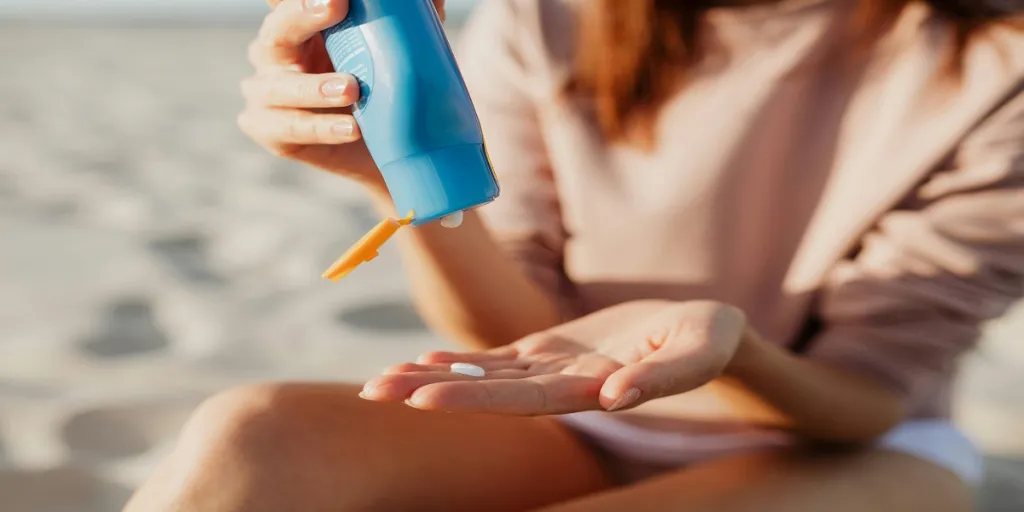These days, many people are spending more time outdoors, which has a positive effect on personal well-being. However, it can also leave one vulnerable to environmental stressors. As a result, there’s been an increase in demand for protective beauty products that can help to reduce and repair the damage associated with spending time outdoors.
With this in mind, it’s worth exploring how the global beauty market has shifted to include protective beauty products, as well as how businesses can capitalize on this shift in preferences to boost their sales.
Table of Contents
What is protective beauty?
The market for protective beauty products
6 essential trends for outdoor beauty products
Boost your inventory with protective beauty
What is protective beauty?
Spending time in nature exposes a person to environmental stressors that can damage one’s skin, hair, and body. So while consumers want to spend time outdoors, they also want beauty products that protect them against the elements.
Protective beauty includes any beauty products explicitly designed with protection in mind. Essentially they are products that take a proactive approach to the differing climates, extreme weather, and physical outdoor activities that may place extra stress on the body.
The market for protective beauty products
As a result of closures from the pandemic, many people spent more time outdoors. Consumers engaged in activities such as camping, hiking, biking, and fishing to help manage stress. In 2020, according to the Outdoor Foundation, 53% of Americans participated in outdoor activities at least once. And on top of that, 2020 had the highest participation rate in outdoor activity than ever before.
It is safe to say that spending time outdoors will remain an important aspect of people’s day-to-day lives. And with this, the protective beauty market is forecast to continue to grow. The following are some key segments that are set to expand.
Sunscreens are being increasingly used in day-to-day beauty products. The global sunscreen market amounted to about US $8.5 billion in 2019 and is forecast to reach over US $10.7 billion by 2024. Additionally, antipollution products are predicted to become as commonplace as SPF in the beauty market. Antipollution has an anticipated 7% compound annual growth rate (CAGR) between 2021 and 2026.
The demand for antibacterial skin care products is also gaining popularity due to shifting consumer interest toward personal hygiene. According to a recent report, the global antibacterial products market is expected to reach US $32.36 billion by 2028.
The anti-aging market is also predictive of the protective beauty market size. Those who value anti-aging are more likely concerned with protecting their skin and hair. According to Precedence Research, the global anti-aging market is expected to be worth around US $119.6 billion by 2030. It’s also anticipated to grow at a CAGR of 7.9% from 2022 to 2030.
Therefore, brands that offer easy-to-use, effective, and efficient products that protect against environmental stressors and adapt to differing and changing climates will therefore be well placed to benefit from this growth. With that in mind, here are some important trends in outdoor beauty products that are set to attract health-conscious consumers.
6 essential trends for outdoor beauty products
SPF supercharged
We all know that SPF is essential for skin protection. But, traditional sunscreens are often greasy and unappealing to consumers. Beauty brands are infusing SPF into skincare and make-up to make the products more appealing.
Modern multifunctional SPF products combine sun protection with beauty benefits such as firming and hydration. Yet, brands are forward-thinking to include other benefits such as protecting against breakouts and blocking dark spots.
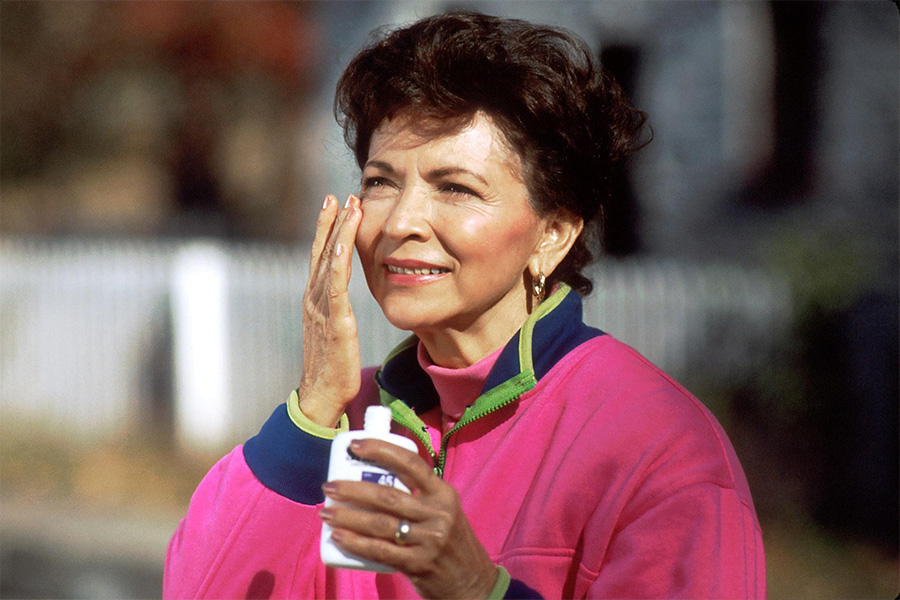
Manage overexposure
Overexposure to environmental stressors can lead to issues including acne, dry skin, melasma, and frizzy or weakened hair. Even if consumers use protective products like SPF, damage can still occur.
There are many restorative products on the market, such as hair, hand and foot, and face masks. However, consumers will likely seek out products explicitly formulated for post-exposure related to their outdoor lifestyles.

Cater to weather extremes
As the climate changes, people around the world are experiencing weather extremes that impact their beauty product needs. Consumers seek products that protect against extreme heat, manage colder winters, heavier rains, and drought. Brands are beginning to consider products that target these specific conditions. This also includes beauty products that are stable in varying weather conditions. So knowing your market, and offering products that address their weather extremes, is a great way to appeal to consumers.
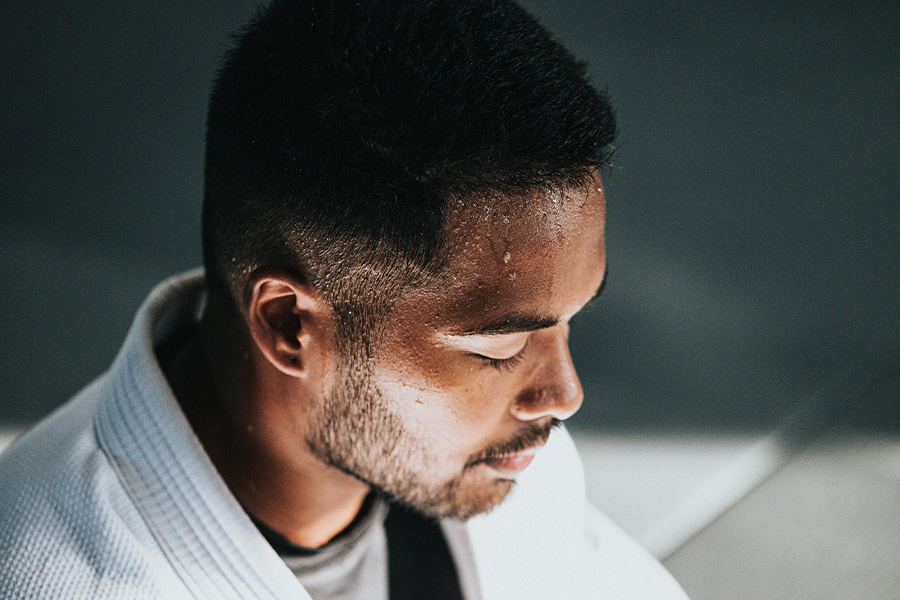
Skin protection for athletes
More people are participating in outdoor sports for their mental well-being. Athletes experience specific stressors, such as sun and wind damage, chafing, bites from pests, chemical damage, and extreme strain. As a result, there’s strong demand for specific products that address the stressors specifically related to their sport.
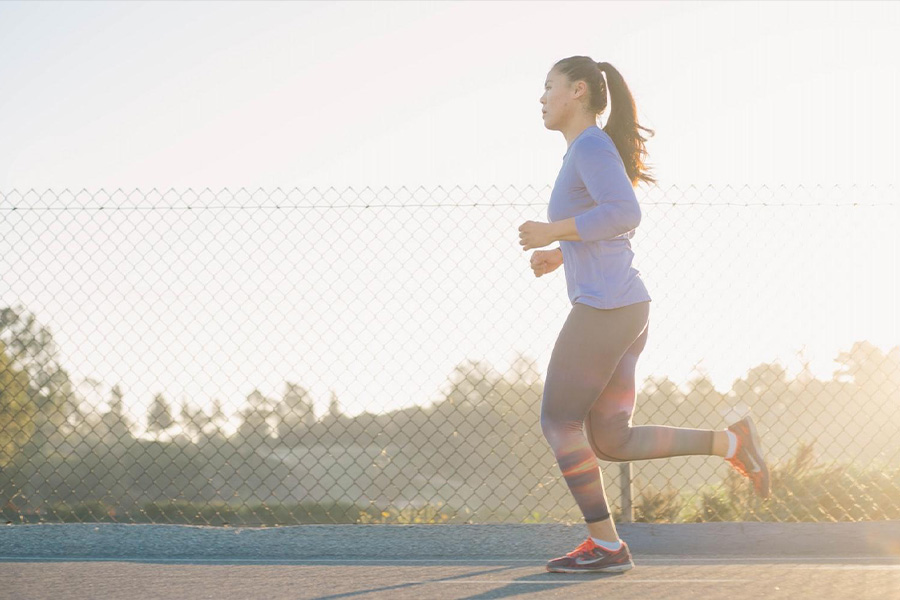
These may include;
- Pre Swim balm to protect against salt water and chlorine
- Hand cream for rock climbers to regenerate dry and cracked skin
- Water and sweat-resistant sunscreen for many outdoor activities
- Body cream with anti-chafe qualities
- Reef-safe SPF for swimmers and surfers
- Masks to repair wind damage
Skin care for city folks
A significant portion of the population are folks living in dense city areas, and by 2050, 7 in 10 people will live in cities. As a result, much of the time spent outdoors will be in highly populated areas where pollution is an issue.
Nitrogen dioxide, a traffic-related particulate matter, accelerates aging. As a result, anti-oxidizing beauty products have become popular, and are predicted to become as commonplace as SPF in the beauty market. Antipollution has an anticipated 7% CAGR between 2021 and 2026.
Beauty brands are including more anti-oxidizing ingredients into their products to fight against environmental stressors associated with pollution. These include ingredients such as green tea and itamins E and C.
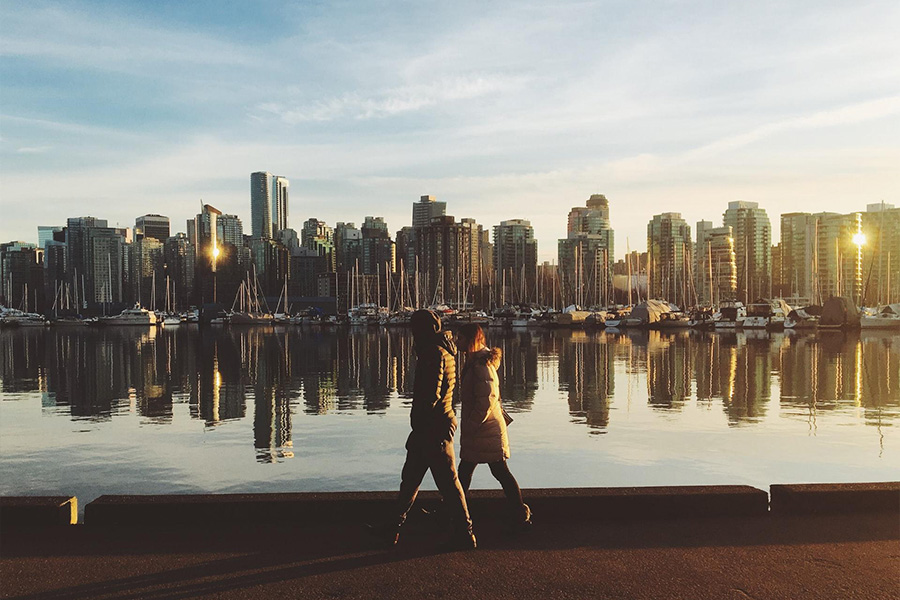
Post-pandemic hygiene
The pandemic impacted consumers’ view of the importance of personal hygiene, and they became more aware of the impacts of overwashing. Beauty brands have responded with skin and hair hydrating products to combat overwashing issues. They’ve also begun introducing products to fight viruses, bacteria and germs, such as antibacterial makeup wipes.
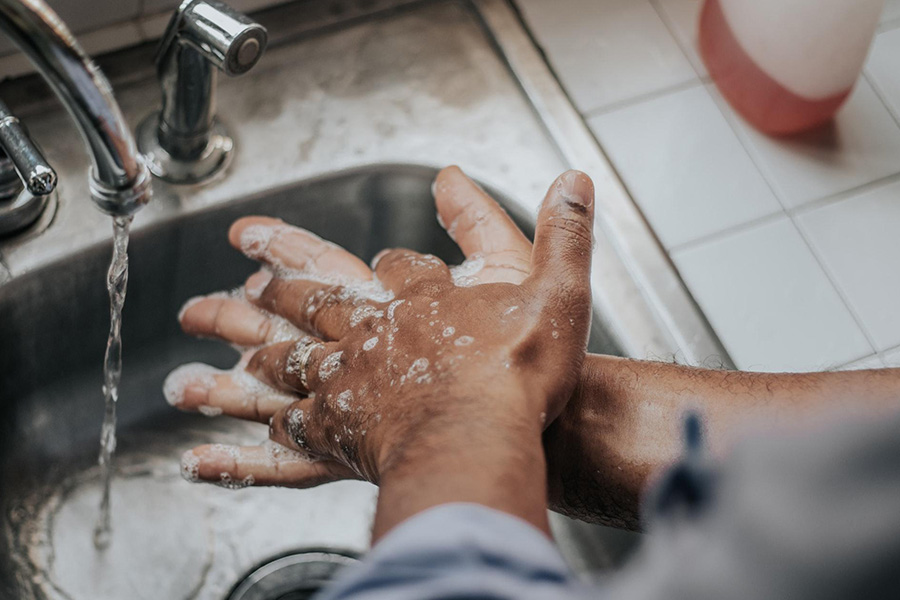
Brands are exploring fermented ingredients for their antimicrobial potential as an alternative to surfactants and acids. Clinical research into the topical effects of fermented oils and other ingredients has only recently begun. So, while more data is necessary to scientifically justify their antimicrobial properties, they’re nonetheless an exciting area to watch in the market for beauty products.
Boost your inventory with protective beauty
The beauty industry is evolving when it comes to protective beauty. To be competitive, brands must incorporate protective beauty trends that align with their consumers’ shifting preferences and buying patterns.
This would mean adopting easy-to-use, effective, and efficient products that protect against environmental stressors and adapt to differing and changing climates. By capitalizing on these trends, brands can ensure they’re well set up for a great 2022!
